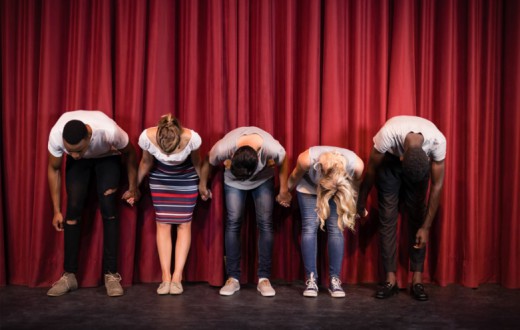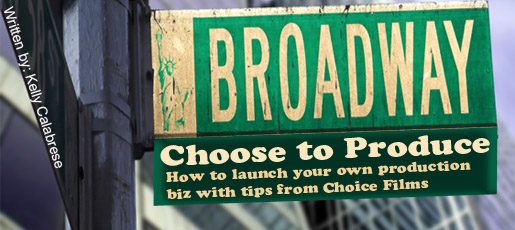Building tension and resolving conflicts in a character’s relationship is a key aspect of performing in romantic comedies. These elements add depth and realism to the characters and the story, making the audience more invested in the outcome of their relationship.
I, for one, love a romantic comedy. Rom-com for short. To me, they’re something I watch when I need to decompress. There are lots of speculations out there as to what exactly a rom-com is, so here’s my definition (pretend I’m talking like a robot):
A romantic comedy is a genre of film that combines elements of comedy and romance. It typically centers around two characters who meet in unlikely circumstances and then fall in love, often with a comedic twist or obstacle preventing them from achieving their goals.
Romantic comedies usually feature protagonists who are both funny and endearing; they often have quirky personalities or characteristics that make them stand out from other characters in the film. The protagonist’s journey towards finding true love typically involves several minor obstacles that must be overcome before reaching the climax of the story where he/she finds his/her true love.

An example is the film Along Came Polly, starring Ben Stiller and Jennifer Aniston. Lots of great obstacles keeping them apart.
Speaking of Ben Stiller, what good would this article be without mentioning the movie There’s Something About Mary, which stars <drum roll> — Ben Stiller, Cameron Diaz and Matt Dillon?
While the above films are oldies but goodies, the rom-com genre usually peaks in February around Valentine’s Day.
There are a bunch of recent rom-coms that have rolled out and I’m sure you’ll be watching the trailers first before working on your acting technique, so let me share the titles with you real quick, and then we’ll dig deep into how, as an actor, you can make romantic comedies work.
Shotgun Wedding – with Jennifer Lopez and Josh Duhamel
You People – with Eddie Murphy and Jonah Hill
Book Club: The Next Chapter – with Jane Fonda, Diane Keaton, Candice Bergen, Mary Steenburgen
Alrighty! Now that you got your trailer fix, here are some tips for you to create effective tension and conflict resolution in your performances:
Start with character development: Before diving into the conflict, it’s important to understand the characters’ motivations, personalities and backstory. This will help you make informed choices about how the character responds to conflict and how they resolve it.
Create genuine conflict: Tension and conflict in a relationship should feel real and grounded. Avoid over-the-top drama and focus on natural, relatable conflicts such as communication breakdowns, jealousy or disagreements about life goals.
 Build tension gradually: Tension in a relationship should build gradually, rather than exploding out of nowhere. This makes the conflict feel more organic and gives the audience time to invest in the characters’ relationship.
Build tension gradually: Tension in a relationship should build gradually, rather than exploding out of nowhere. This makes the conflict feel more organic and gives the audience time to invest in the characters’ relationship.
Use non-verbal communication: Body language and facial expressions can be just as powerful as dialogue. Make sure to use non-verbal cues to reinforce what’s happening in the scene. See our previous article How To Expertly Convey Negative Emotions Via Body Language.
Find the humor in conflict: Romantic comedies often find the humor in conflict, making the audience laugh while still feeling invested in the characters’ relationship. This can be achieved through physical comedy, witty banter or witty one-liners.
Show character growth through conflict resolution: Conflict resolution should be a turning point for the characters, showing their growth and evolution as individuals and as a couple. Make sure the resolution feels earned and satisfying for both the characters and the audience.
Practice with your scene partner: Building tension and resolving conflict in a relationship requires excellent communication and chemistry with your scene partner. Rehearse the scenes with your partner to make sure you’re both on the same page and to work out any kinks in your performances.
By studying techniques such as subtext, blocking, improvisation and understanding the characters’ wants and needs, you can develop these relationships into something meaningful and believable. Understanding the motivation of both characters can help to create tension while continuing to build the story towards a resolution. With practice, you can become more confident in your ability to bring your character relationship to life.







